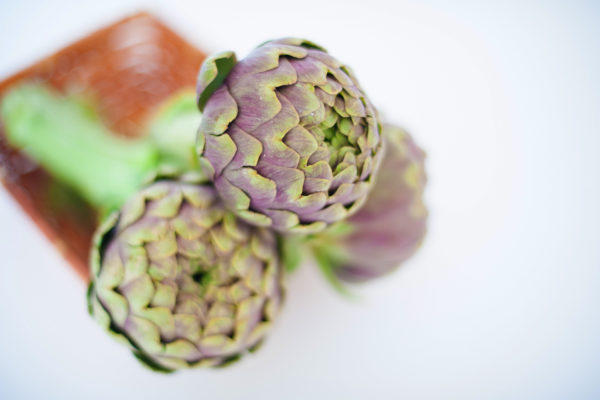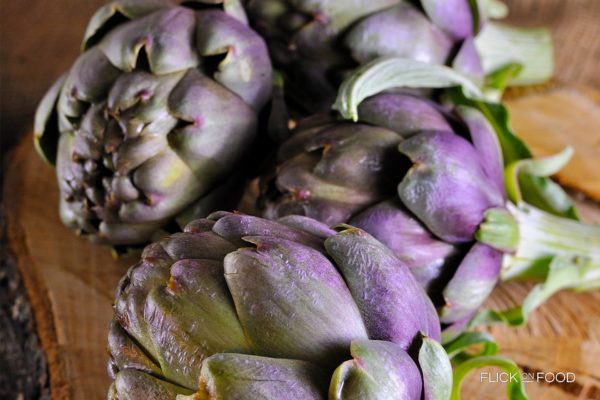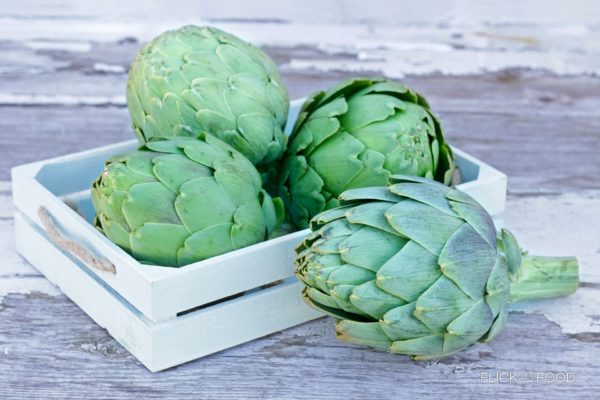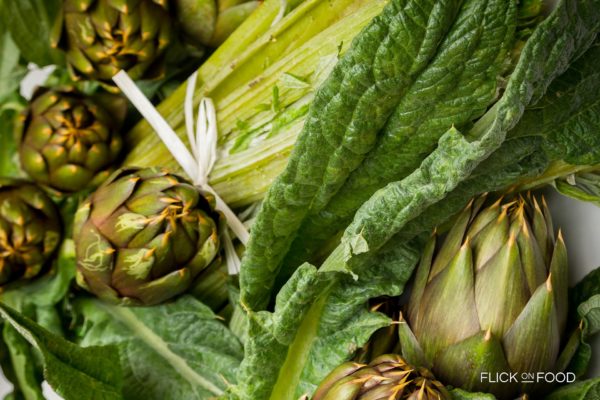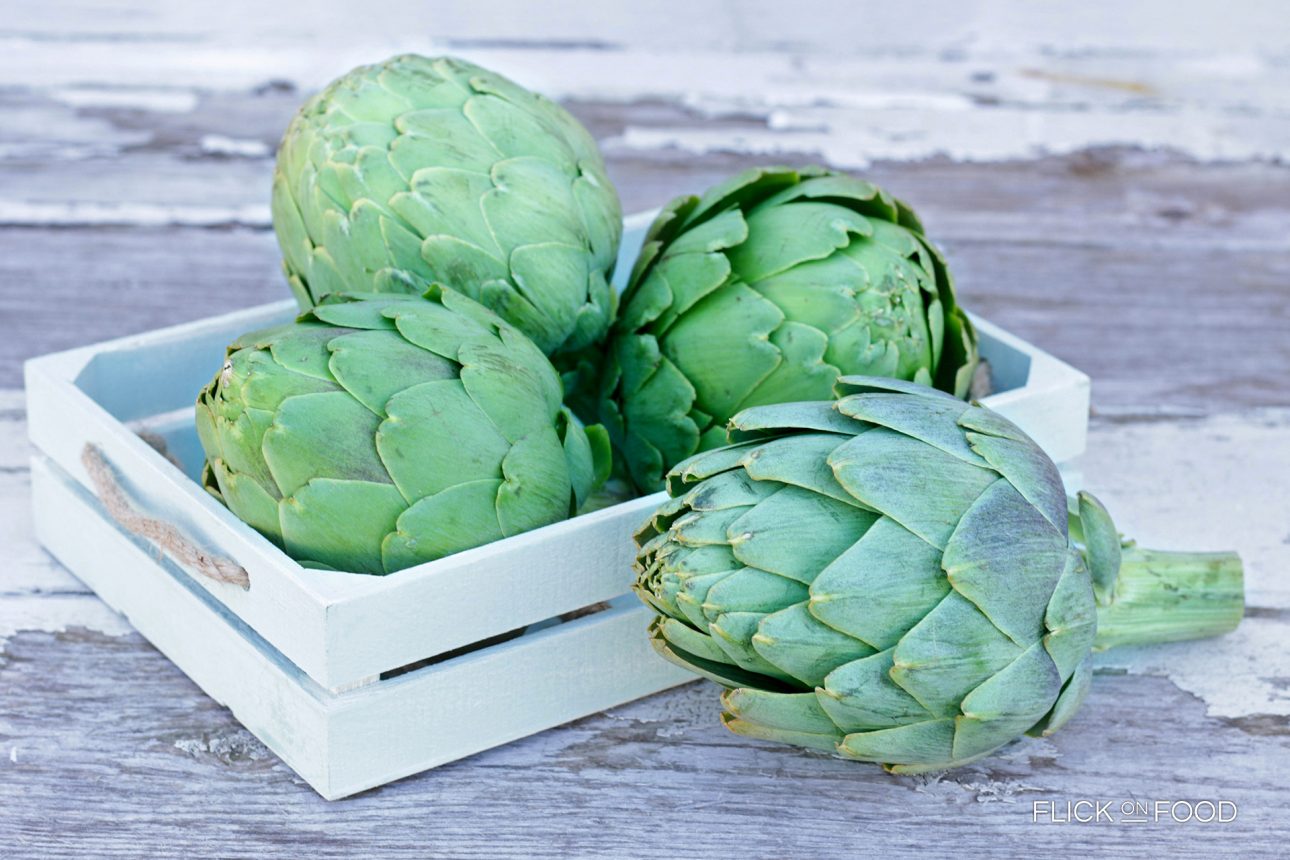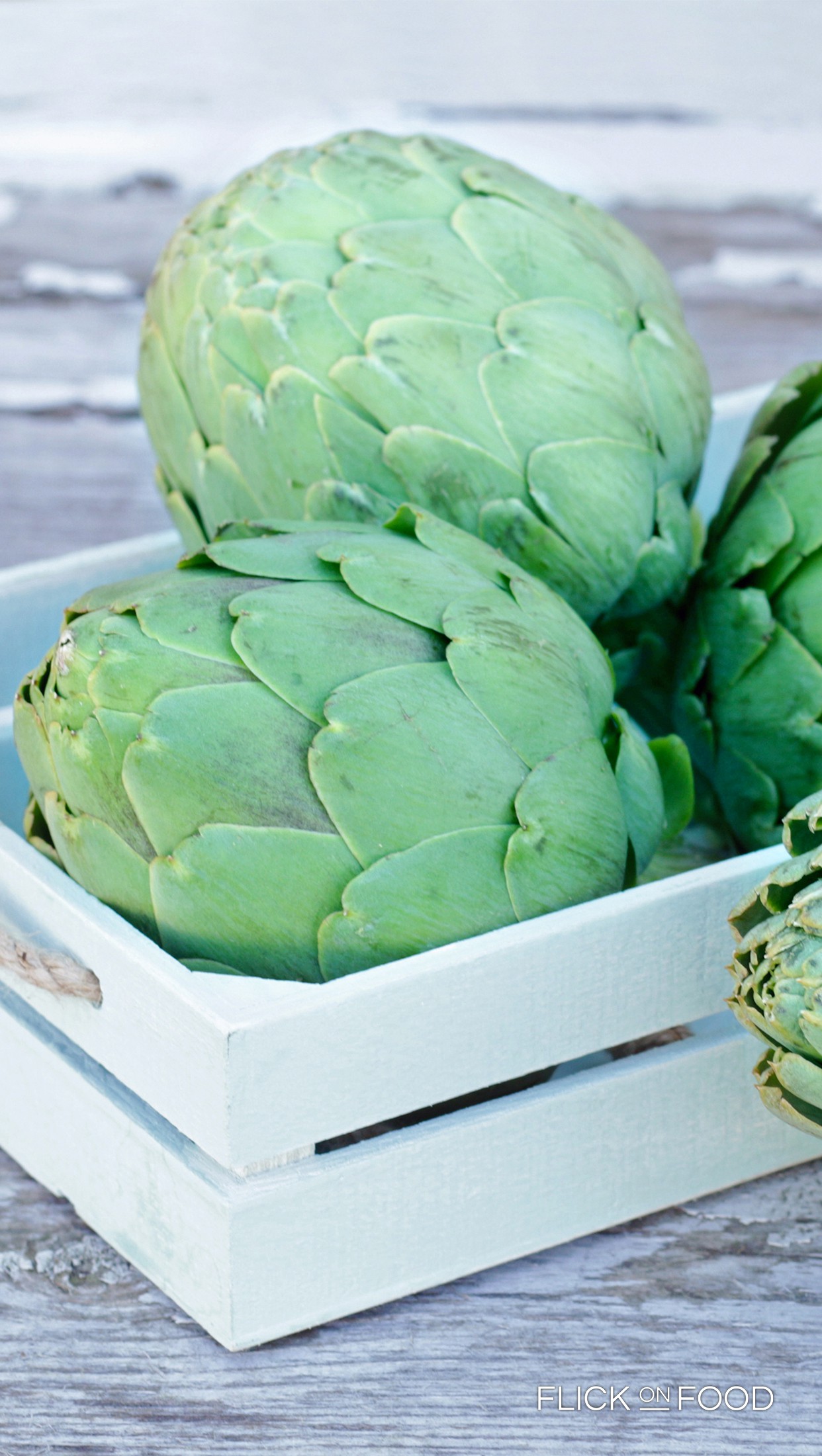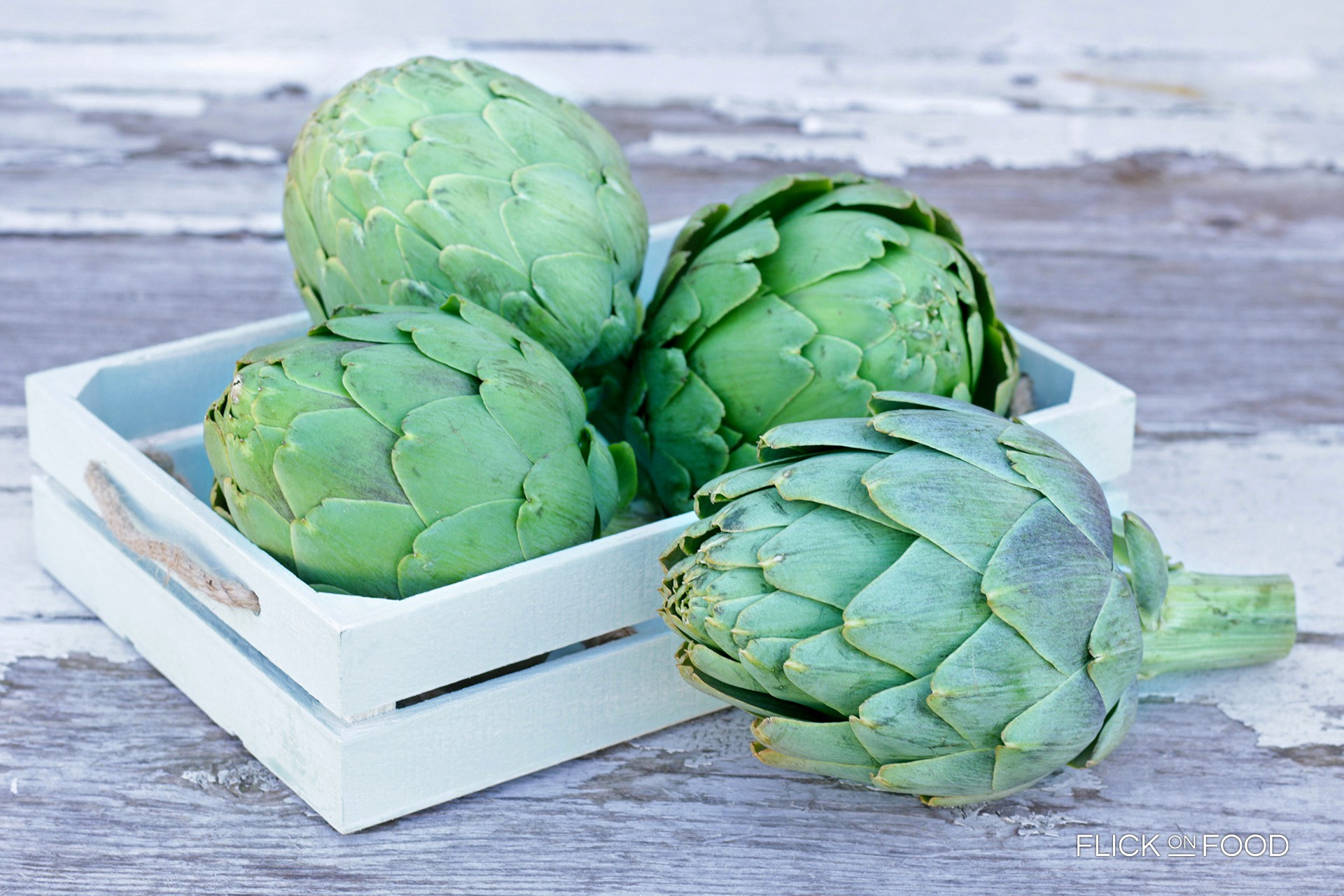
This ‘white rose of Cilento’ has extremely tender leaves, and is great eaten raw.
Origin
This is a unique vegetable that was already well known during Roman times, although it didn’t become a true delicacy until the 15th century. The Pertosa white artichoke found its ideal climate in the small town of the same name, located in the province of Salerno, as well as the nearby towns of Auletta, Caggiano and Salvitelle. The town of Pertosa is south of Salerno, in the heart of the Cilento and Vallo di Diano National Park. Its prized artichoke variety is distinguished from other types mainly by its color – very light green, but more of an almost silvery white. Production dwindled in the 1980s, but was revived thanks to a Consortium that now boasts roughly 15 hectares of land for cultivation. Artichokes are in season in the spring, especially from mid-March until the end of June.
Cookit
This artichoke is characterized by its silvery color, and its delicate, sweet taste. It’s perfect eaten raw because it has particularly soft leaves, possibly with a dip or dressed with extravirgin olive oil. In a yearly festival held at the beginning of May, you can taste the white artichoke in all of the traditional products of Campania. It even features in a strong after-dinner liqueur.
Did you know
The white artichoke is highly prized not only for its flavor, but also its nutritional value. The leaves are thought to be a great supplement for dairy cows, and were once used to barter for cow manure that would then fertilize the fields. It has now earned Slow Food Presidium status, and is included in Prodotti Agroalimentari Tradizionali (PAT) – a list of traditional Italian regional food products.



